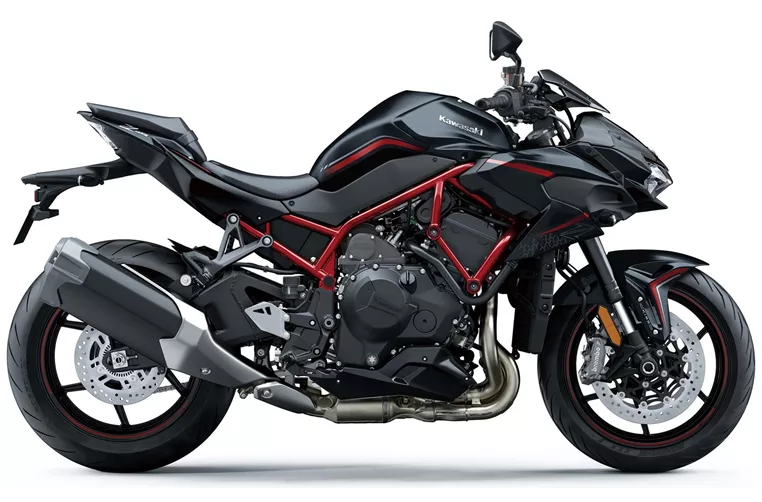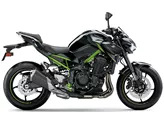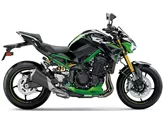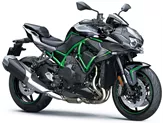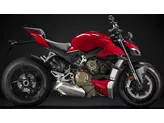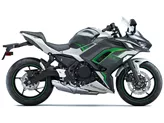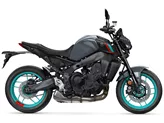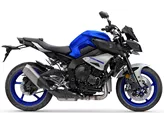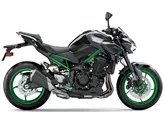Kawasaki Z H2 2020 vs. Kawasaki Z900 2021
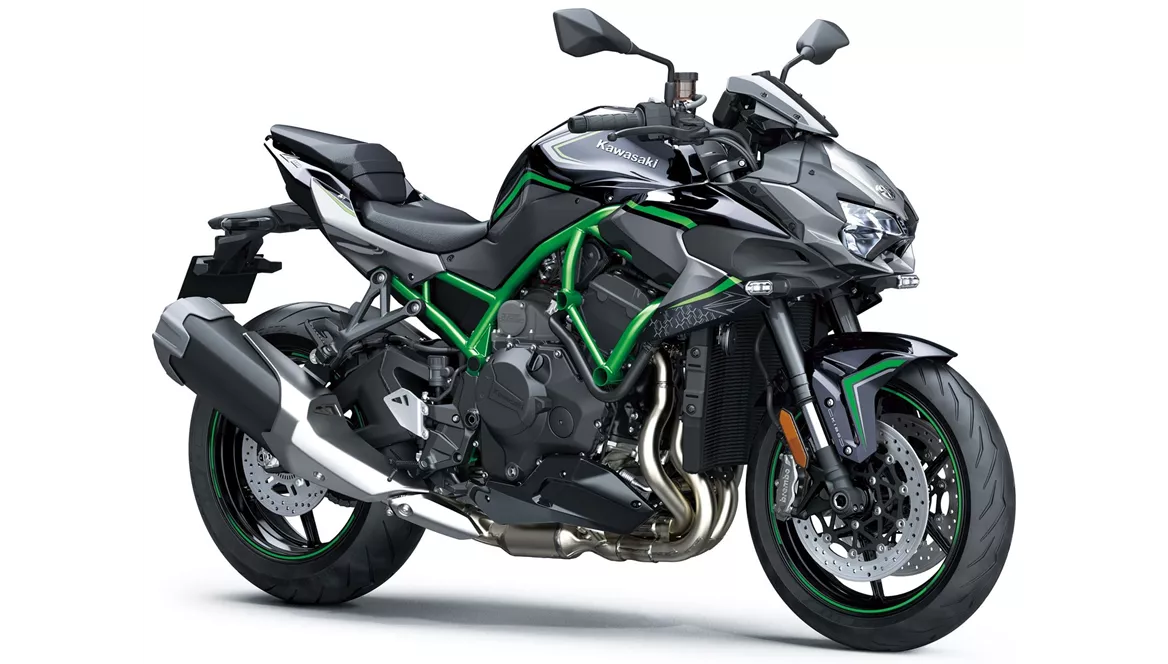
Kawasaki Z H2 2020
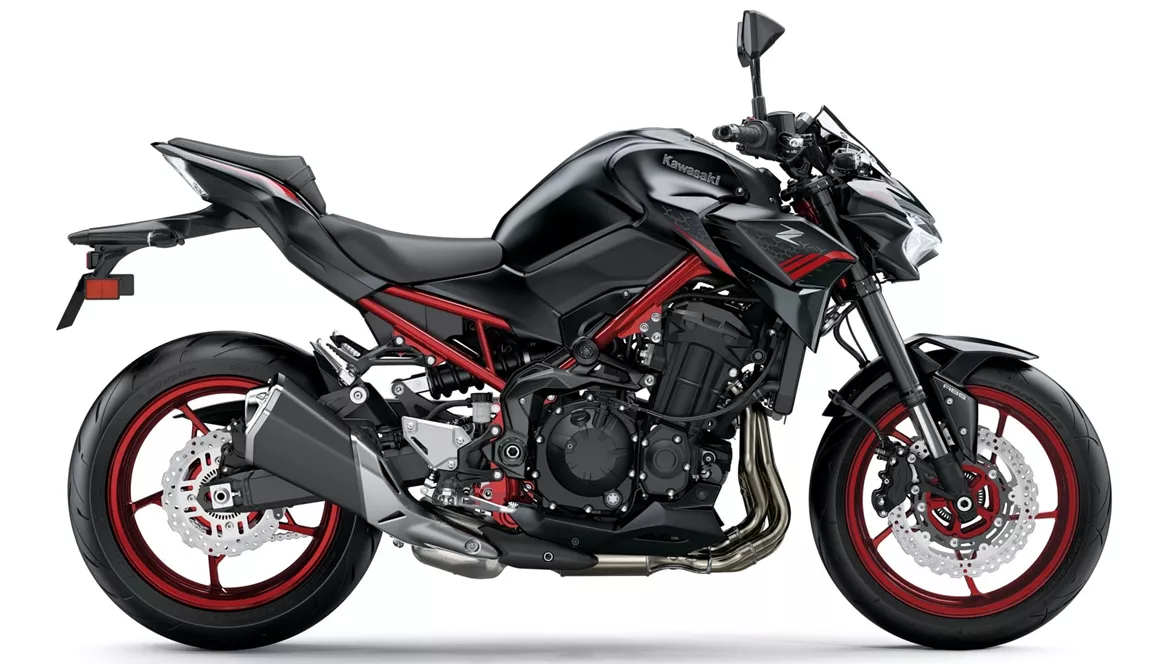
Kawasaki Z900 2021
Overview - Kawasaki Z H2 2020 vs Kawasaki Z900 2021
When comparing the Kawasaki Z H2 2020 and the Kawasaki Z900 2021, it is clear that both bikes have their own unique strengths and weaknesses.
Starting with the Kawasaki Z H2 2020, its standout feature is its incomparable engine. With 200 HP and 137 Nm of torque, it offers full power and an easy-to-control power unit. This bike also boasts a pleasant seating position and high riding comfort for a naked bike. Additionally, it has a quiet but charismatic sound, making it an enjoyable ride. In terms of handling, the Z H2 offers stable and transparent handling, allowing riders to feel confident on the road. Despite its extravagant drive, the Z H2 is a bike that can be ridden carefree in everyday life.

Kawasaki Z H2 2020
On the other hand, the Kawasaki Z900 2021 has its own strengths. It features a powerful four-cylinder engine that delivers 125.4 HP and 98.6 Nm of torque. This bike offers intuitive handling, making it easy for riders to maneuver. It also comes with good equipment, including LED daytime running lights, LED headlights, and a TFT display. In terms of aesthetics, the Z900 has aggressive looks that appeal to riders looking for a visually striking bike. Additionally, the Z900 provides good value for money, making it an attractive option for riders on a budget.
While the Z H2 has a quickshifter option, it has been noted that the quickshifter makes interventions that take too long, which can be a drawback for riders looking for a seamless shifting experience. Additionally, the suspension strut on the Z H2 can become a bit spongy during sporty riding, which may affect the bike's performance. Another weakness of the Z H2 is that despite being an exclusive motorcycle, it does not have exclusive components all around, which may disappoint some riders.
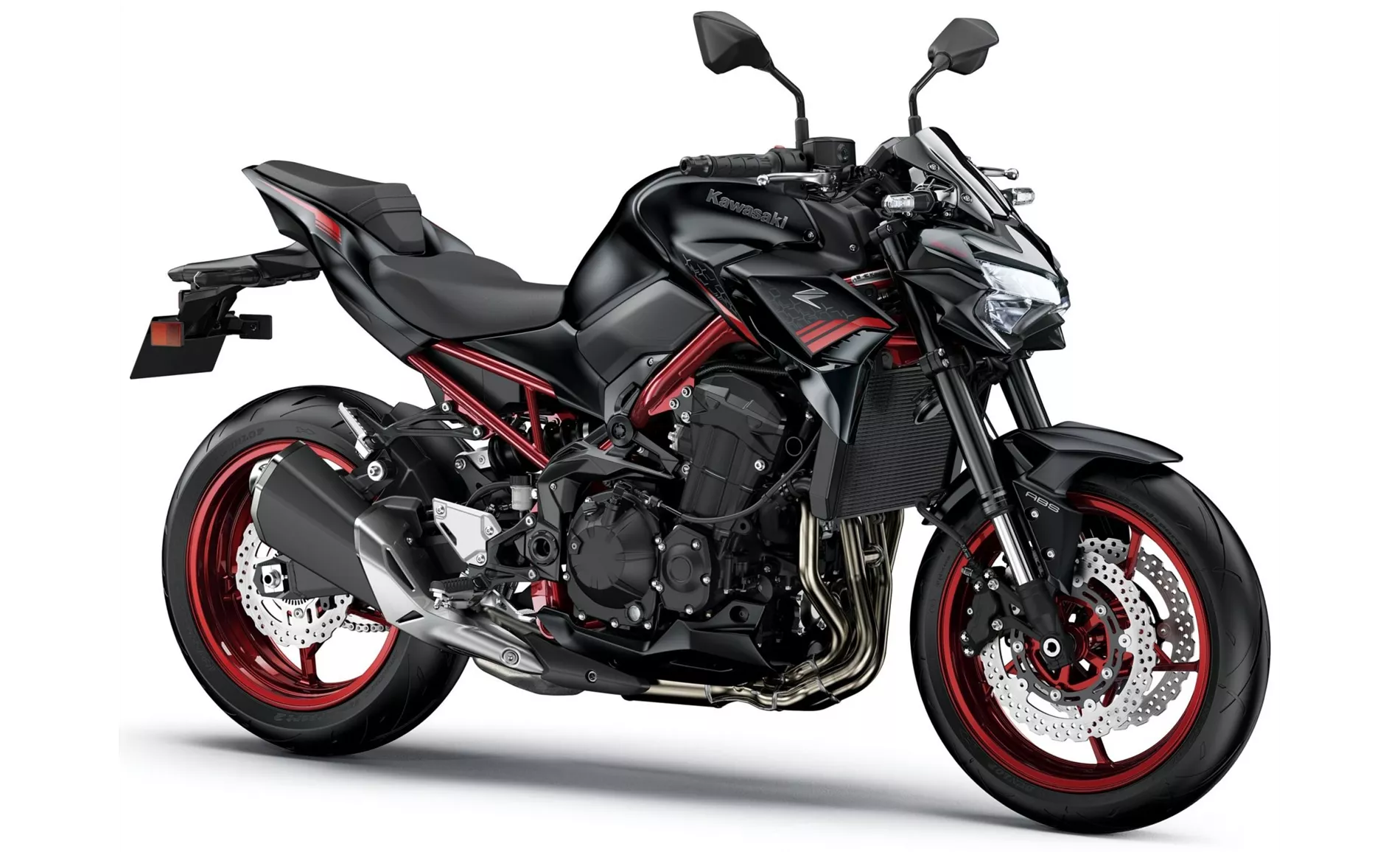
Kawasaki Z900 2021
On the other hand, the Z900 does not offer a quickshifter option, which can be seen as a disadvantage for riders who value this feature. Furthermore, competitors in the market have advanced with 6-axis IMU technology, putting the Z900 slightly behind in terms of electronic advancements.
In conclusion, both the Kawasaki Z H2 2020 and the Kawasaki Z900 2021 have their own strengths and weaknesses. The Z H2 offers an incomparable engine and a comfortable riding experience, while the Z900 provides a powerful engine and good value for money. However, the Z H2 has some shortcomings in terms of its quickshifter and suspension, while the Z900 lacks a quickshifter option and falls slightly behind in terms of electronic advancements compared to its competitors. Ultimately, the choice between these two bikes will depend on the rider's priorities and preferences.
Technical Specifications Kawasaki Z H2 2020 compared to Kawasaki Z900 2021
Pros and Cons in comparison
Pros and Cons in comparison
Kawasaki Z H2 2020
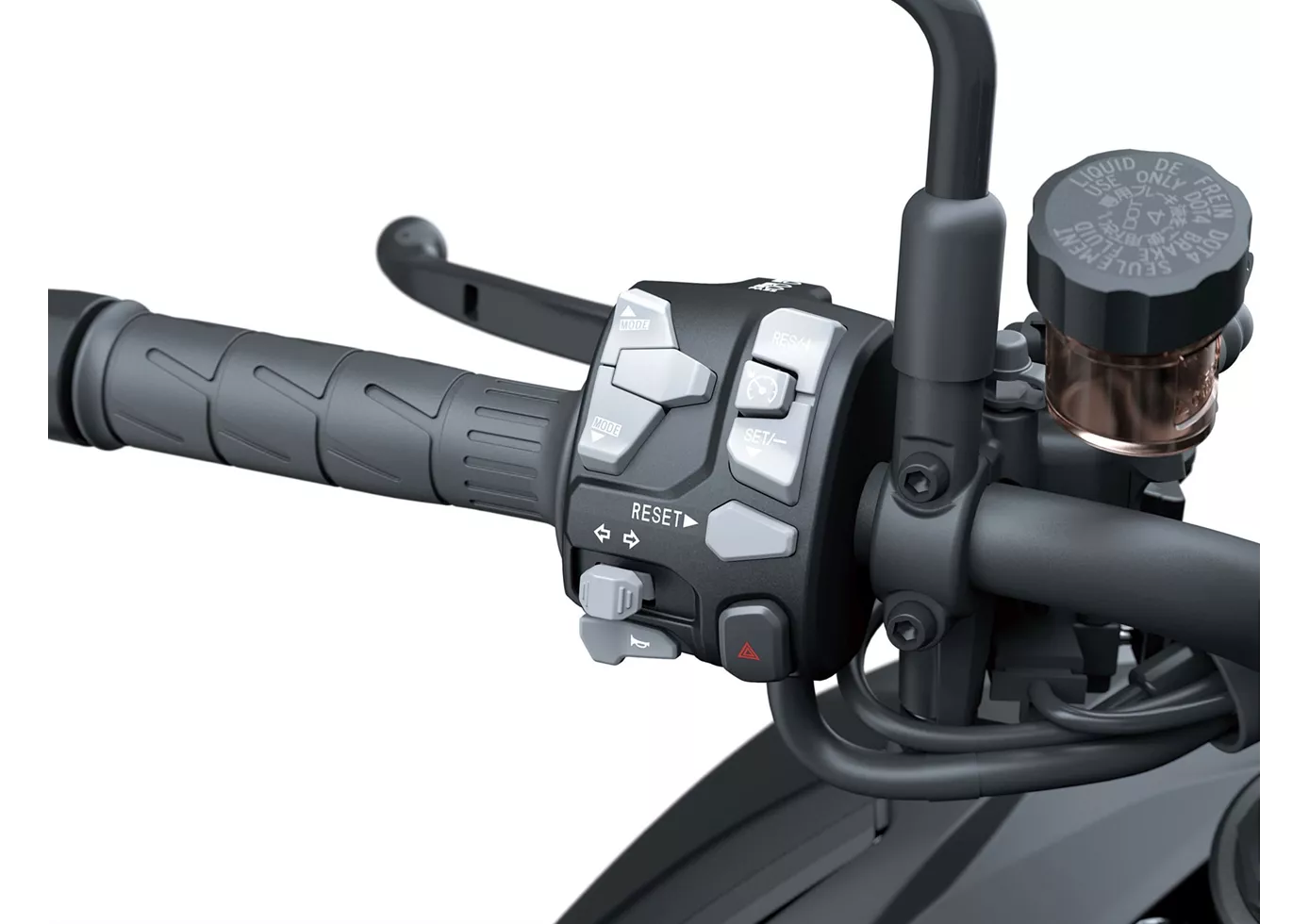
The fascinating power unit of the Kawasaki not only inspires as a motif for quartet cards or at the regulars' table. The engine is made for practical use. In the saddle of the bike, you can enjoy the thrust in every situation. Commands from the throttle are implemented directly, intensively but also controllably. However, the bike is not an athletic sportsman but a beefy naked bike. It always scores when sovereignty and power are required.
Kawasaki Z900 2021
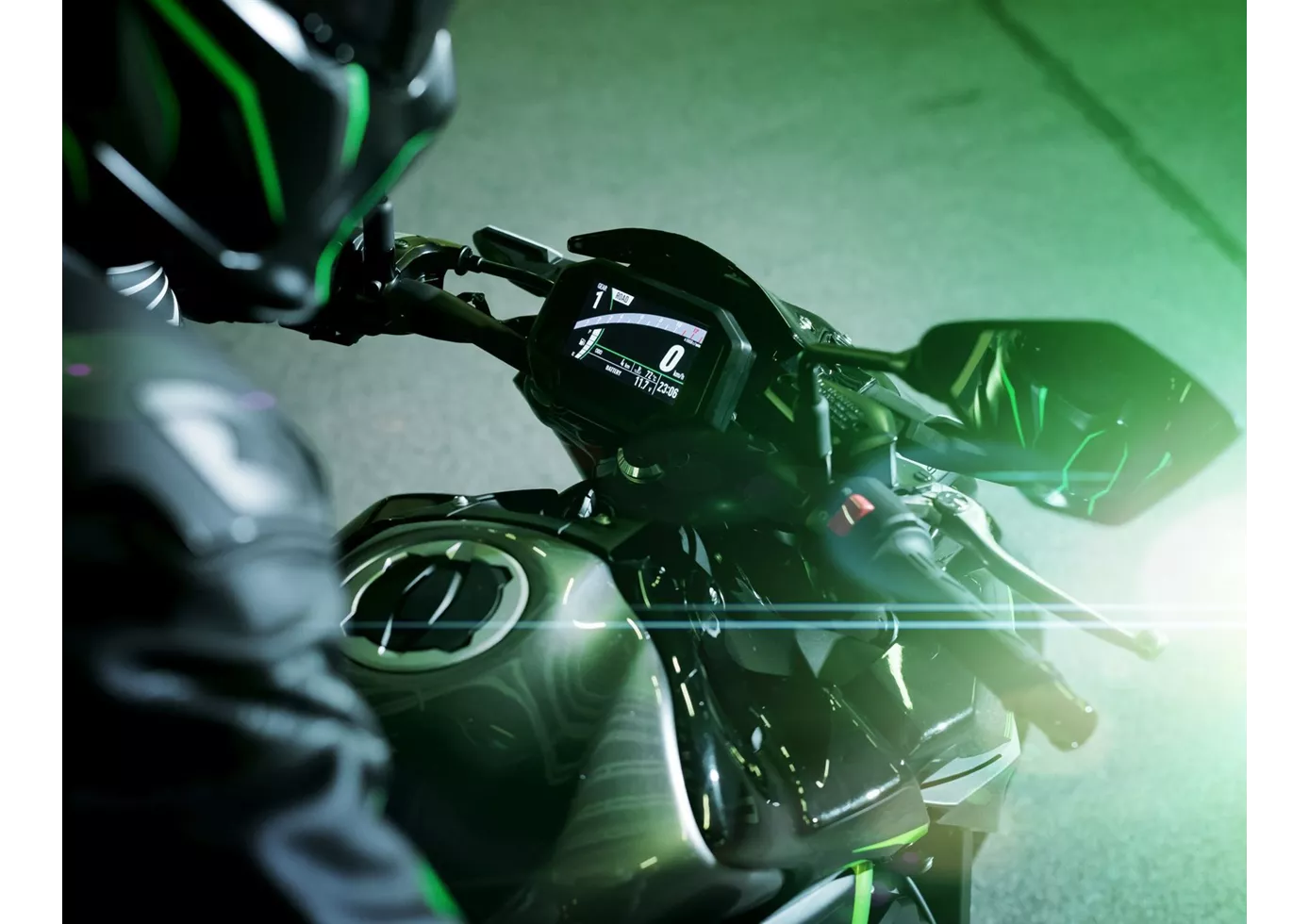
In terms of price-performance, the Kawasaki Z900 is hard to beat at the moment. With the perfectly tuned engine, the high-quality chassis components and the electronics added for 2020, this naked bike offers everything that sporty riders will be looking for. There is really nothing to complain about, except for the lack of a quickshifter option.
Price Comparison Avarage Market Price Kawasaki Z H2 vs Kawasaki Z900
There are a few key differences between a Kawasaki Z H2 2020 and a Kawasaki Z900 2021. In terms of price, the actual average price of a Kawasaki Z H2 2020 is about 67% higher. Compared to Kawasaki Z900 2021 there are less Kawasaki Z H2 2020 bikes available on the 1000PS.de Marketplace, specifically 10 compared to 33. It takes less time to sell a Kawasaki Z900 with 107 days compared to 148 days for the Kawasaki Z H2. Since model year 2020 1000PS.de editors have written 14 reviews for the Kawasaki Z H2 and 46 reviews for the Kawasaki Z900 since model year 2017. The first review for the Kawasaki Z H2 was published on 10/10/2019 and now has more than 82,500 views. This compares to more than 93,200 views for the first review on Kawasaki Z900 published on 11/11/2016.
